Exa-Cel CRISPR Gene Therapy for Sickle Cell Disease Deemed Safe by FDA Advisory Panel
XTalks
NOVEMBER 3, 2023
After spending almost an entire day deliberating the safety of Vertex Pharmaceuticals’ and CRISPR Therapeutics’ CRISPR-based gene therapy exa-cel for sickle cell disease, a US Food and Drug Administration (FDA) advisory panel appears to be satisfied with what it saw. CRISPR works as genetic scissors to edit parts of the genome.

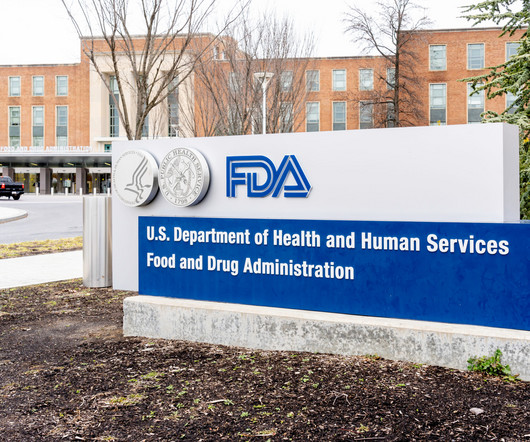
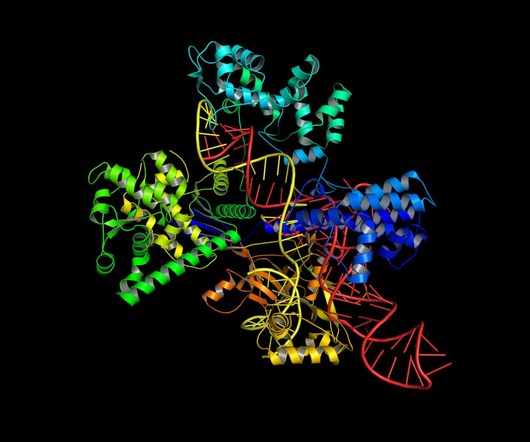
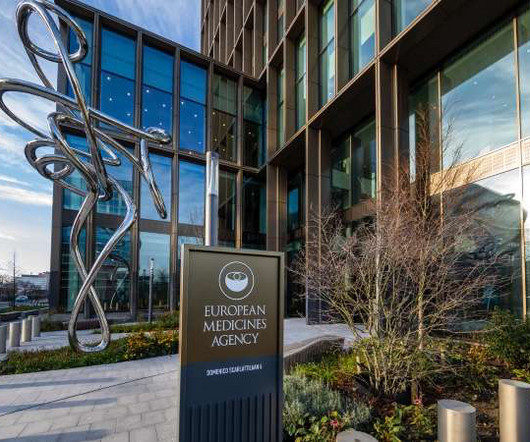
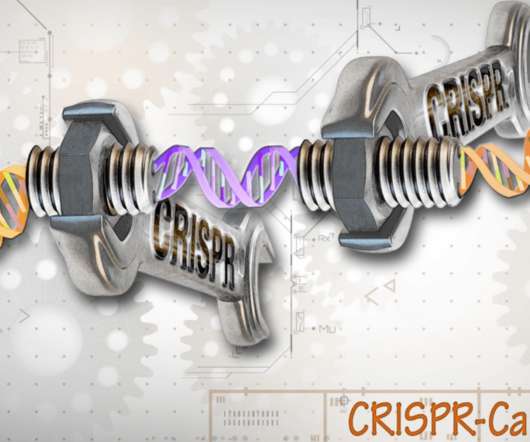

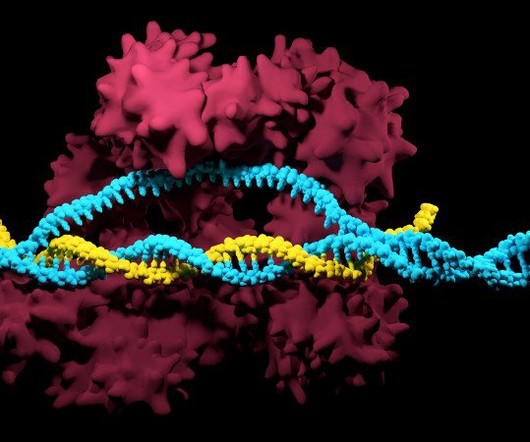

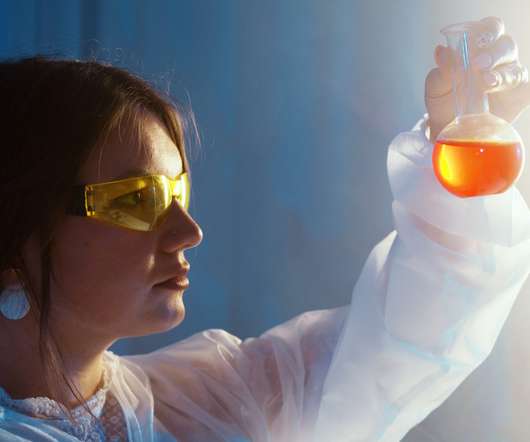









Let's personalize your content